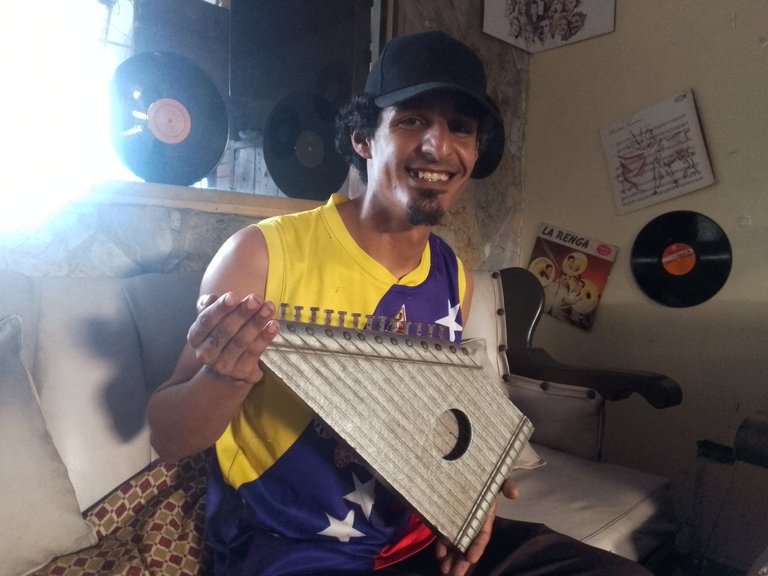¡Saludos, comunidad de Hive!
Hoy quiero hablar sobre un instrumento muy peculiar, un instrumento que no es común en Venezuela. Se trata de la cítara.
Este instrumento proviene de Europa, muy popular en el folklore centro-europeo, pertenece a la familia de los instrumentos de cuerdas pulsada y contiene de 20 a 30 cuerda aproximadamente.
Greetings, Hive community!
Today I want to talk about a very peculiar instrument, an instrument that is not common in Venezuela. It is the zither.
This instrument comes from Europe, very popular in Central European folklore, it belongs to the plucked stringed instruments family and contains 20 to 30 strings approximately.
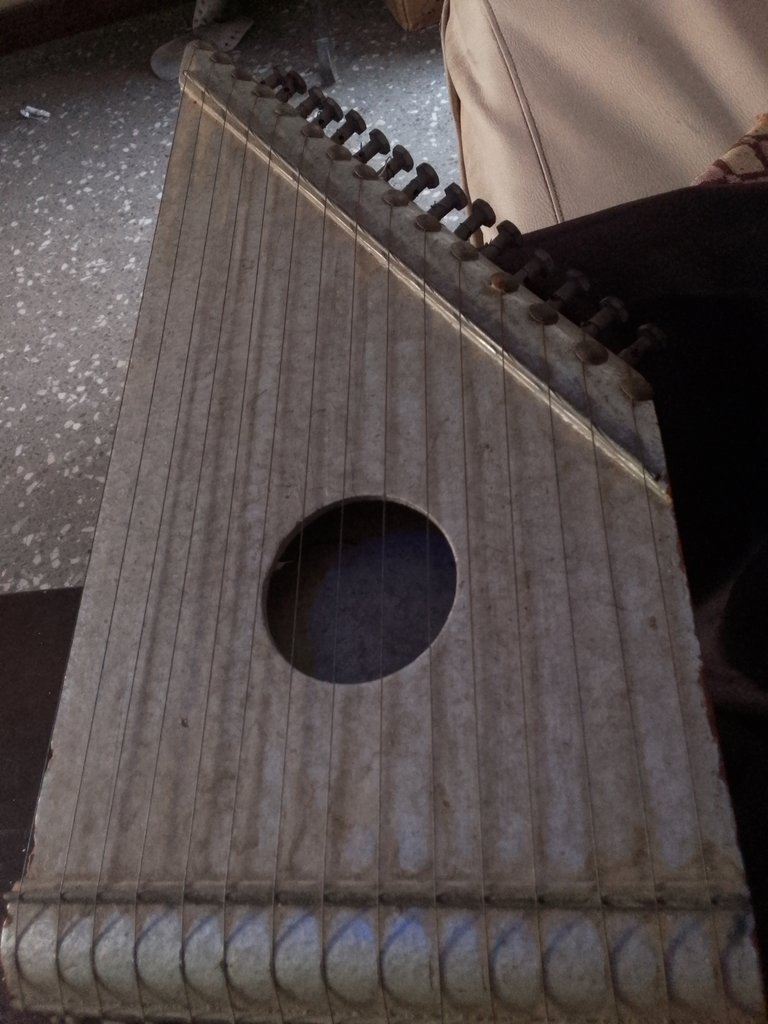
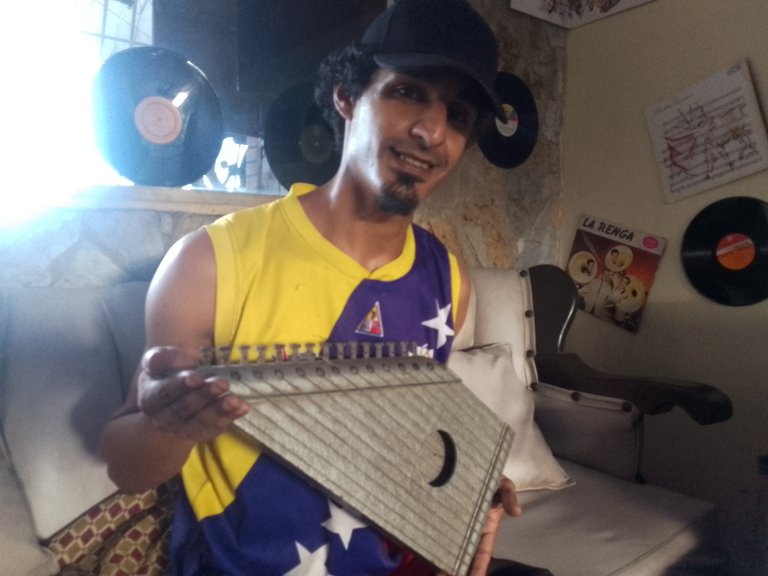

Desde pequeño, cuando vivía con mis abuelos, jugaba con él, pensaba que era una guitarra y hacía que la tocaba como tal. Años después, comencé a aprender un poco sobre la teoría musical y comencé a investigar sobre este instrumento. Este instrumento le pertenecía a mi abuelo y con él venía una clase de partituras o guías para tocar ciertas canciones como “compadre pancho” e “historia de un amor”.
Since I was a child, when I lived with my grandparents, I used to play with it, I thought it was a guitar and I pretended to play it as such. Years later, I began to learn a little about music theory and started to research about this instrument. This instrument belonged to my grandfather and with it came some kind of sheet music or guides to play certain songs like "compadre pancho" and "historia de un amor".
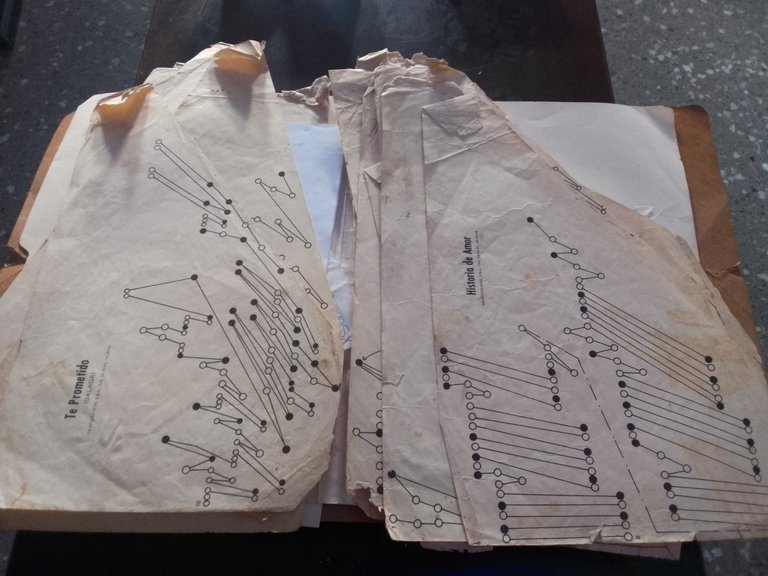

Cabe destacar que este instrumento comúnmente está afinado en la escala de DO y no posee el semitono, haciendo un poco desafiante la ejecución de ciertas canciones, la cual se debe adaptar. Existen otros modelos los cuales si traen un rango más amplio de notas, las cuales si poseen los semitonos, logrando una ejecución más completa.
It should be noted that this instrument is usually tuned in the C scale and does not have the semitone, making it a bit challenging to play certain songs, which must be adapted. There are other models which bring a wider range of notes, which do have the semitones, achieving a more complete execution.
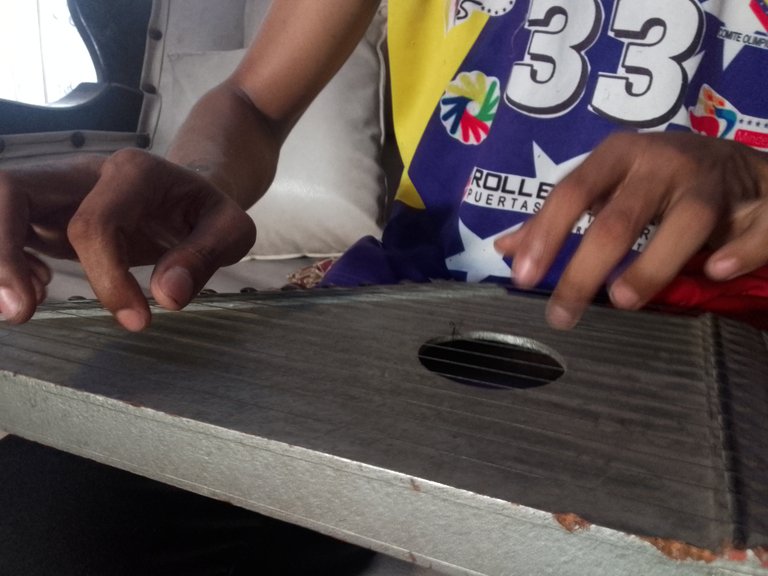
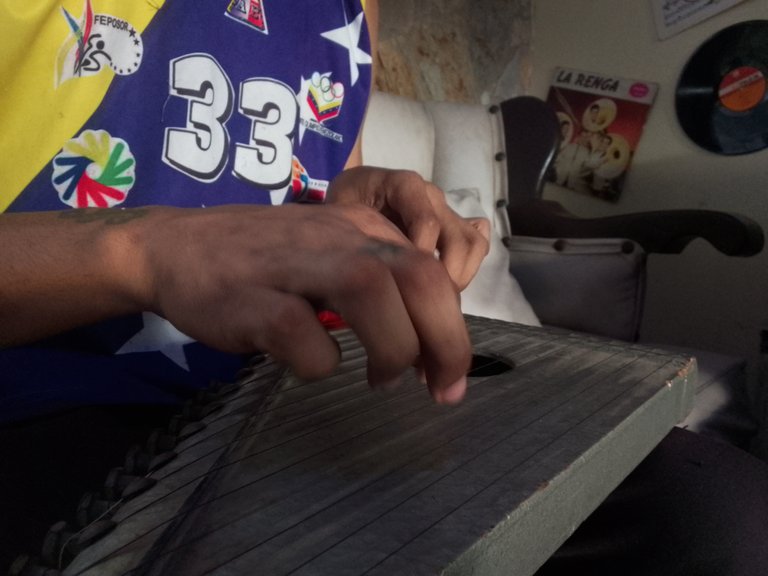

Según cuentan, debido al intercambio cultural en Europa a lo largo de los años, la Cítara llego desde Grecia hasta la península ibérica, lo que dando el origen a lo que hoy conocemos como guitarra y junto a ella sus variantes.
According to the story, due to the cultural exchange in Europe over the years, the zither came from Greece to the Iberian Peninsula, which gave rise to what we know today as guitar and along with it its variants.
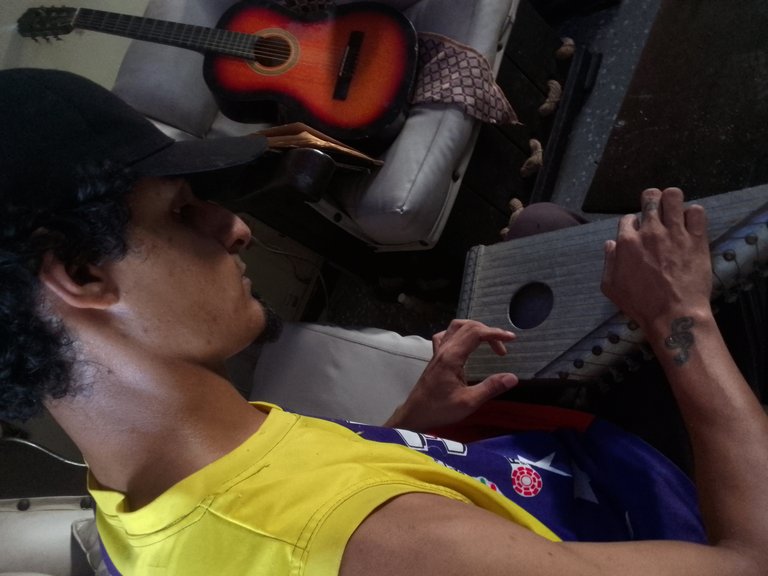

Su nombre viene del latín “cithăra”. Es similar a la lira o el arpa de mano. Este extraño instrumento se toca pulsando las cuerdas mientras está apoyada sobre una mesa, o puede sostenerse sobre las piernas
.
Its name comes from the Latin "cithăra". It is similar to the lyre or hand harp. This strange instrument is played by plucking the strings while resting on a table, or it can be held on the legs.
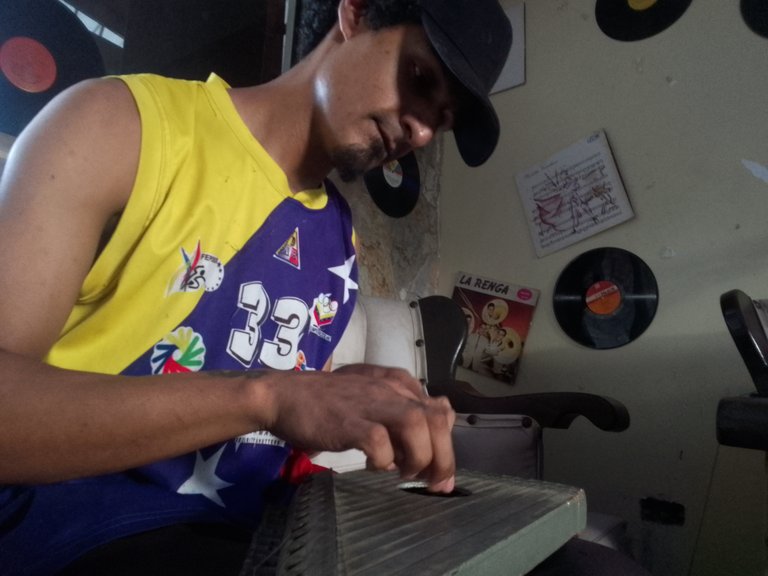

Como dato curioso cabe apuntar que este instrumento fue dado a conocer en Venezuela por distintos fabricantes, solo como instrumento de aprendizaje musical, recibiendo el nombre comercial de Arpa Viajera, término atribuido al músico y compositor venezolano Hugo Blanco quien la comercializó con ese nombre.
As a curious fact it is worth noting that this instrument was made known in Venezuela by different manufacturers, only as a musical learning instrument, receiving the trade name of Traveling Harp, a term attributed to Venezuelan musician and composer Hugo Blanco who marketed it under that name.
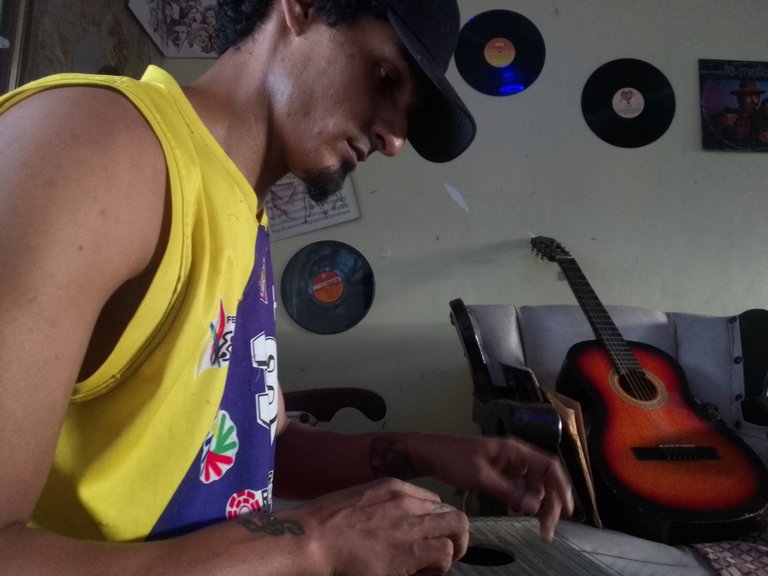

Estoy contento de compartir esta información sobre este instrumento con ustedes, quería que al igual que yo conociera sobre él y así mostrar la diversidad de instrumentos que existen. Sin más nada que decir, me despido y espero que este post le sea útil.
I am happy to share this information about this instrument with you, I wanted you to know about it as well as I do and thus show the diversity of instruments that exist. With nothing more to say, I say goodbye and I hope you find this post useful.
